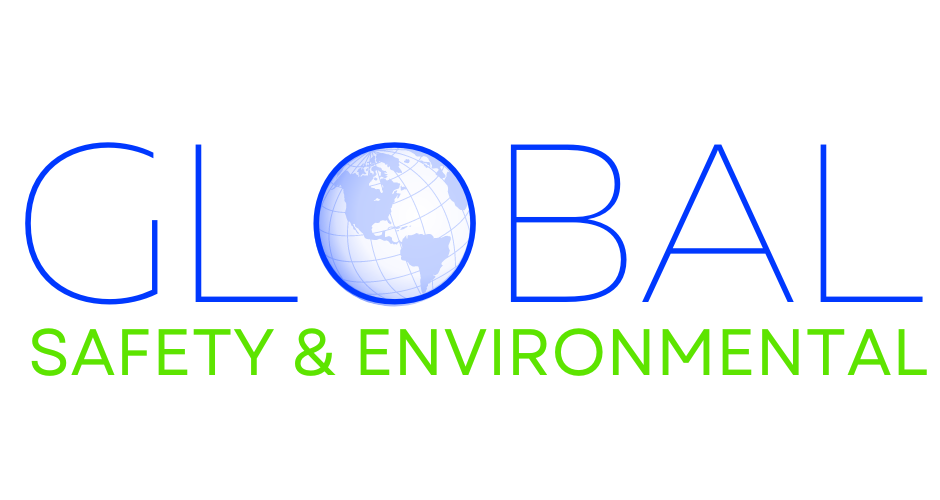Navigating the Ever-Changing Regulatory Landscape: A Comprehensive Guide to the Latest Safety Regulations in the United States (October 2023 Update)
In the dynamic world of safety, regulations play a crucial role in establishing minimum standards, promoting a culture of prevention, and ensuring the well-being of workers and the public. The United States, with its diverse industries and complex regulatory framework, is constantly witnessing revisions to safety regulations to adapt to emerging hazards, technological advancements, and evolving work environments. Staying abreast of these changes is essential for businesses, organizations, and individuals alike to ensure compliance, maintain a safe working environment, and protect the well-being of all stakeholders.
October 2023: A Roundup of Significant Regulatory Updates in the United States
The month of October 2023 brought about several significant changes in safety regulations across various industries and sectors in the United States. Here’s a comprehensive overview of the most notable updates:
1. Occupational Safety and Health Administration (OSHA) Updates
The Occupational Safety and Health Administration (OSHA), the federal agency responsible for ensuring safe and healthy working conditions for workers in the United States, issued several updates to its safety standards in October 2023. These updates addressed workplace hazards in industries ranging from construction to maritime operations.
Key Highlights:
-
Revised safety standards for trenching and excavation operations: OSHA revised its standards for trenching and excavation operations to address hazards such as cave-ins and falls. The new standards include stricter requirements for trench shoring, worker training, and emergency response procedures.
-
Updated safety requirements for the use of personal protective equipment (PPE) in the construction industry: OSHA updated its safety requirements for the use of personal protective equipment (PPE) in the construction industry. The new requirements provide more specific guidance on the selection, use, and maintenance of PPE, emphasizing the importance of proper training and supervision.
-
New safety guidelines for maritime operations to prevent slips, trips, and falls on vessels: OSHA issued new safety guidelines for maritime operations to prevent slips, trips, and falls on vessels. The guidelines provide recommendations for housekeeping, deck maintenance, and the use of fall protection equipment.
2. Environmental Protection Agency (EPA) Updates
The Environmental Protection Agency (EPA), the federal agency responsible for protecting human health and the environment, issued several updates to its regulations in October 2023. These updates addressed environmental concerns ranging from air quality to pesticide use.
Key Highlights:
-
Revised air quality standards for particulate matter: EPA revised its air quality standards for particulate matter, setting stricter limits for both fine and coarse particulate matter. The new standards are designed to protect public health from the harmful effects of air pollution.
-
Updated regulations for the use of neonicotinoid pesticides: EPA issued updated regulations for the use of neonicotinoid pesticides, a class of pesticides that have been linked to declines in bee populations. The new regulations restrict the use of neonicotinoids on certain crops and require specific labeling and mitigation measures.
-
New requirements for the registration and evaluation of new chemicals: EPA implemented new requirements for the registration and evaluation of new chemicals. The new requirements are designed to ensure that new chemicals undergo a more rigorous safety assessment before being introduced into the market.
3. Department of Transportation (DOT) Updates
The Department of Transportation (DOT), the federal agency responsible for overseeing the nation’s transportation systems, issued several updates to its regulations in October 2023. These updates addressed safety concerns in the aviation, rail, and road transportation sectors.
Key Highlights:
-
New safety requirements for commercial aircraft: DOT issued new safety requirements for commercial aircraft, including stricter standards for pilot training and aircraft maintenance. The new requirements are designed to prevent accidents and enhance safety in the aviation industry.
-
Updated regulations for the transportation of hazardous materials by rail: DOT updated its regulations for the transportation of hazardous materials by rail. The new regulations include stricter requirements for securement, labeling, and emergency response procedures.
-
New safety guidelines for autonomous vehicles: DOT issued new safety guidelines for autonomous vehicles, providing a framework for the development and testing of self-driving vehicles. The guidelines are designed to ensure the safety of autonomous vehicles and promote their responsible integration into the transportation system.
The Importance of Continuous Regulatory Awareness
Staying informed about the latest safety regulations is crucial for businesses, organizations, and individuals to ensure compliance

